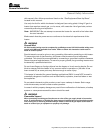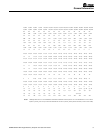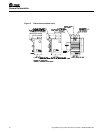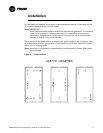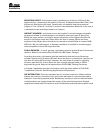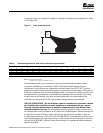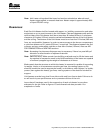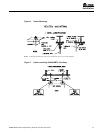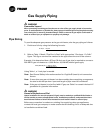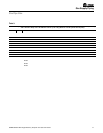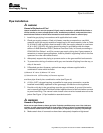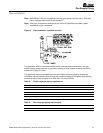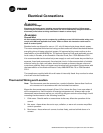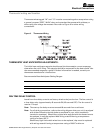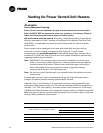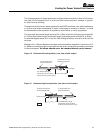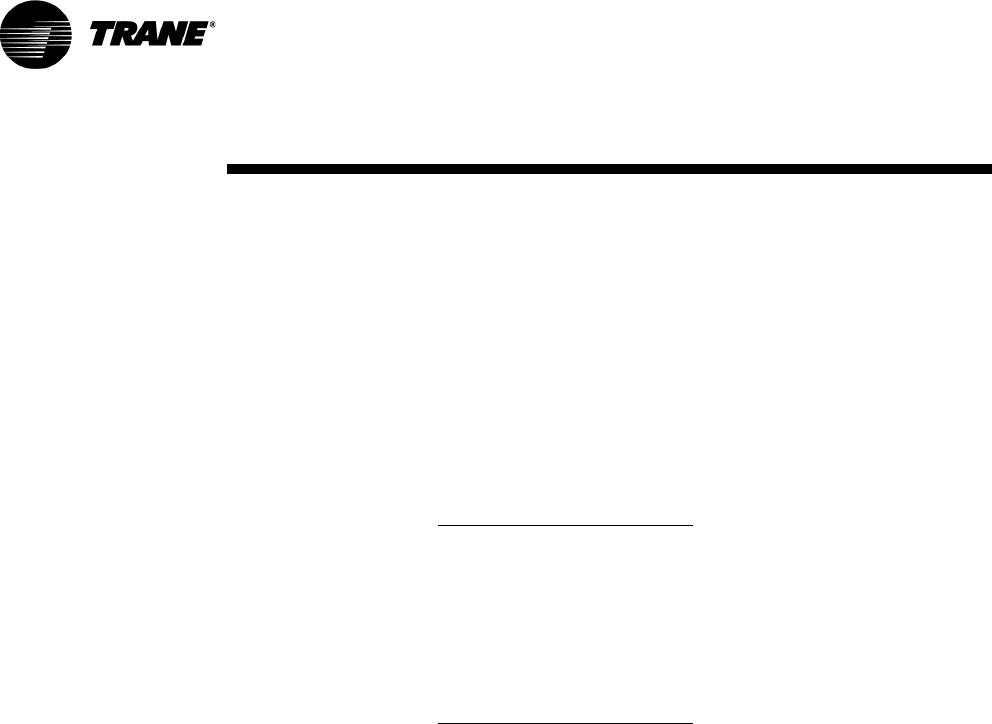
16 GHND-SVX01A-EN • High Efficiency Propeller Fan Gas Unit Heater
ƽ WARNING
Flammable Vapors!
When connecting to existing gas lines be sure to valve off the gas supply ahead of connection
point. To avoid explosion or possible fire, always purge all residual gas from piping before cutting
into existing line or removing threaded fittings. Failure to remove all gas vapors could result in
death or serious injury or equipment or property-only-damage.
Pipe Sizing
To provide adequate gas pressure at the gas unit heater, size the gas piping as follows:
1. Find the cu ft/hr by using the following formula:
2. Refer to Table 1. Match “Pipe Run in Feet” with appropriate “Gas Input - Cu Ft/Hr”
figure. This figure can then be matched to the pipe size at the end of the column.
Example: It is determined that a 67 foot (20.4m) run of gas pipe is required to connect a
200 MBTU gas unit heater to a 1,000 Btu/cu. ft (0.29 kW) natural gas supply.
Using Table 1, a 1 inch pipe is needed.
Note: See General Safety Information section for English/SI (metric) unit conversion
factors.
Note: If more than one gas unit heater is to be served by the same piping arrangement,
the total cubic feet per hour input and length of pipe must be considered.
Note: If the gas unit heater is to be fired with LP gas, see Table 3 or consult the local LP
gas dealer for pipe size information.
ƽ WARNING
Hazard of Explosion and Fire!
Heater installation for use with propane (LP-gas) must be made by a qualified LP-Gas Dealer or
LP-Gas Installer to ensure all appropriate codes, installation procedures, and precautions have
been followed. Failure to follow these instructions could result in death or serious injury.
Before any connection is made to an existing line supplying other gas appliances,
contact the local gas company to make certain that the existing line is of adequate size
to handle the combined load.
Gas Supply Piping
Cu ft/hr = Input
Btu per Cu ft
200,000 Btu/hr = 200 Cu ft/hr
1,000 Btu/cu ft



